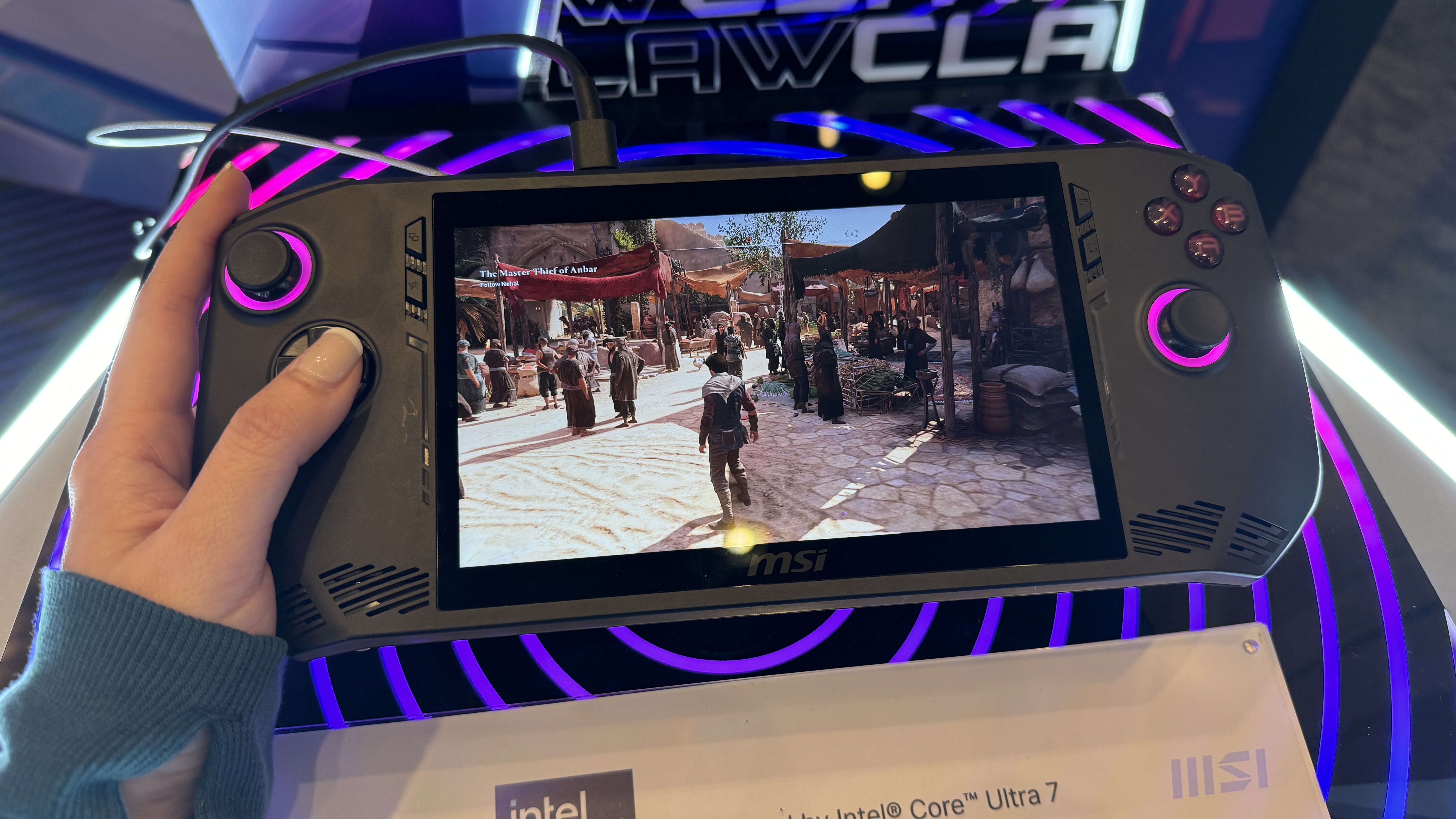
An early review for the Meteor Lake-powered MSI Claw gaming handheld is out, and its performance is clearly behind the ROG Ally and its Phoenix-based Z1 Extreme (via VideoCardz). Meteor Lake is significantly less performant than Phoenix in a handheld form factor according to the reviewer. The comparison is especially unfavorable for Intel when using lower TDPs, where the Ally's Z1 Extreme could be up to twice as fast as the Core 7 Ultra 155H in the Claw.
While Intel was mostly focused on AI with the development of Meteor Lake, it does feature significantly more powerful graphics than prior Intel CPUs. Its Xe-LPG-based integrated graphics have a complete tile to itself and on paper are pretty powerful. Seemingly a big improvement over the aging Xe Iris graphics that first debuted with Tiger Lake in 2020. There was even some hope that Intel could catch up to AMD in iGPU performance, which is generally something that AMD always does well in.
Unfortunately for Intel, according to the early review by Please, Xiao Fengfeng it looks like Meteor Lake doesn't have what it takes to go head-to-head with AMD in gaming handhelds. The reviewer put the Core 7 Ultra 155H version of the MSI Claw up against the Z1 Extreme model of the ROG Ally, both of which are the top-end variants.
At their default TDPs (35 to 40 watts for the Claw and 30 for the Ally), the 155H was behind in every single game by significant amounts. Unfortunately, only footage of the benchmarks was provided rather than an average framerate, but at every point the Z1 Extreme had at least a 10% performance lead, and often closer to a 30% to 40% higher framerate. For one brief moment in the Resident Evil 4 remake, the Z1 Extreme had over double the framerate. That's not just lower performance, but lower performance while using more power.
The margins got even worse for the 155H when comparing the two chips at 25 watts, 20 watts, and 15 watts in Shadow of the Tomb Raider, where we finally have average framerate figures. Meteor Lake isn't so far off at 25 watts, but it loses a substantial amount of performance at 20 watts while Phoenix doesn't. At 15 watts however, the 155H is just about half as fast as the Z1 Extreme. Just like with the default TDPs, the review indicates that Meteor Lake's graphics are much more inefficient than Phoenix's, and that's especially true as the TDP decreases.
While it may be possible that some of this performance and efficiency disparity is down to the Claw, which hasn't even launched yet and may not be fully optimized on a software and firmware level, we already knew Meteor Lake's integrated graphics weren't perfect. Benchmarks from December showed that Meteor Lake's graphics efficiency declined dramatically at lower TDPs, which lead to a conclusion that Intel's AI-focused CPU probably wouldn't be ideal for a handheld. Intel remains in second place with its integrated graphics, though the gap has shrunk with Meteor Lake.







